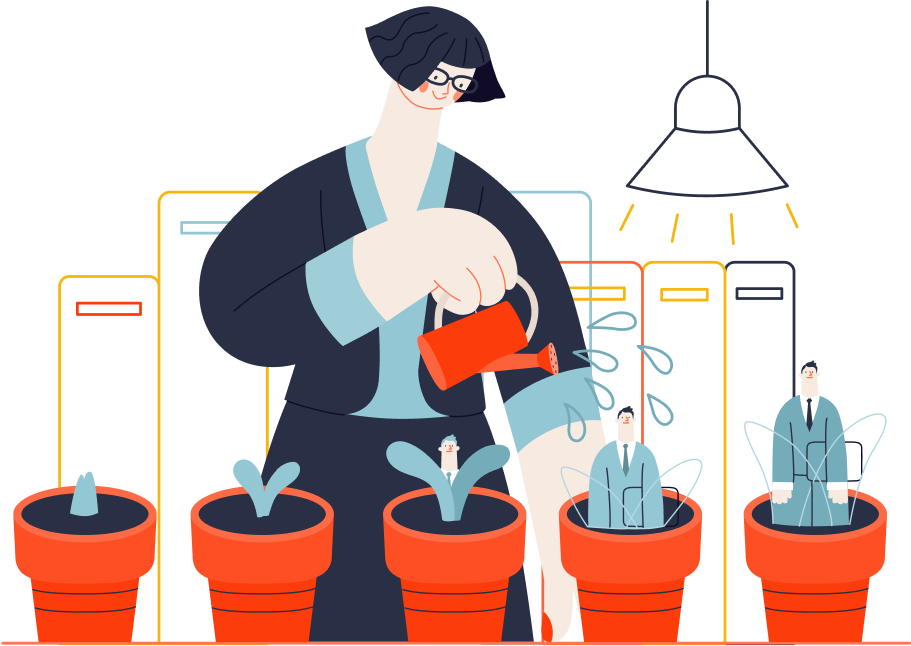“If your people are given the conditions to work well, the results on the bottom line will naturally follow”: linking employee wellbeing with company wellbeing is today a key commitment in the world of work.
It starts with engaging people in company goals, clarifying how these can be achieved, mapping out a work process, documenting and integrating it, and training employees on the systems that support cooperation.
Being involved in objectives gives people a forward-looking perspective, an outlook to orient and motivate themselves. It is a fundamental source of our creative strength, which sustains our ability to act and work with dedication and consistency.

Defined and maintained operations and processes, enriched with data and information harmonised by all those involved, are the daily challenge – and they must become an integral part of everyone’s culture. Data, processes and departments are connected rather than isolated in silos, so that work benefits from the contribution of every employee, as the expertise we need often lies in another team.
Meeting this challenge means not only achieving production efficiency but also generating quality: streamlining operations, organising resources, eliminating repeated tasks, optimising waste and time, and creating value in a working environment marked by agility and ease – a virtuous circle of wellbeing and prosperity. A true quality of life.
The mantra in all this is therefore “let the information flow”, and the action becomes integrating innovative systems and methods, mapping accurately, documenting consistently, and training and updating regularly. In a single word: organising.

In addition to all this, in a company that believes in self-organisation it is just as important to promote a culture of relational and behavioural skills, which define the way people present themselves in the workplace.
To create the best conditions for working, therefore, beyond the technical aspects, it is necessary to foster a culture of presence, listening, expression, a proactive and creative spirit, adaptability and problem-solving, collaboration, inclusion, openness and hospitality in relationships. All this makes it possible to handle the most unexpected and non-procedural situations – such as slow or stalled workflows, borderline contexts where it is difficult to understand which skills to involve or who has decision-making responsibility, and particular, unusual, sudden or urgent circumstances… in other words, life.
In short, there is the organisational-scientific-technological element, but it cannot exist without the human one.
Never before, in this historical and economic moment, has the need to focus on the softer side of our productive capacity been so evident in order to make a difference – stepping away from mere mechanics and creating spontaneous, conscious, inventive and purposeful value where it is most needed. We also perceive greater elegance and feel fullness and fruitfulness when we stop controlling or acting “by the book” and instead choose to sense and respond.

I really like the metaphor of clouds forming or dispersing depending on conditions: temperature, humidity, and the forces that create water molecules which condense or evaporate. An organisation should do the same – allowing structures to appear or disappear according to the forces at play in the specific context. When people are free, they sense these forces and act in the way that best responds to reality.
We are on this journey: our inspiration is to stay within the process, in continuity with becoming, with presence and creativity… we will create Worlds!